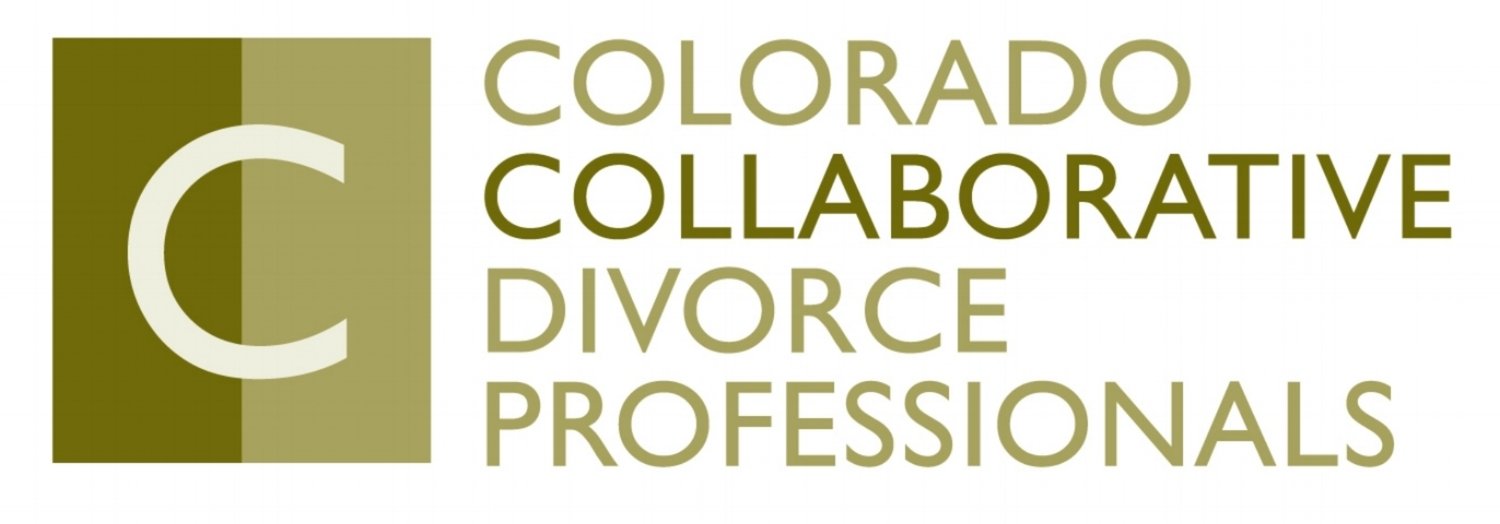Collaborative Divorce refers to a particular method of negotiating a divorce in which there will be no court appearances. Many feel that this method is the highest level of alternative dispute resolution.
There is an important decision to be made by the divorcing couple. At the outset of their case in order to proceed collaboratively, they must be willing to promise each other in writing that neither one will go forward with an action in court using the two Collaborative Divorce attorneys participating in their case.
The Collaborative Team and Process
The Collaborative Divorce team consists of two collaboratively trained attorneys, a certified divorce financial planner and a Collaborative facilitator (coach).
A case can be initiated with any member of the team. Most commonly however a spouse will call an attorney and the team will be selected from there.
If there is something that requires immediate attention such as setting a parenting schedule or relocating a spouse to another residence. An effort is made to resolve these issues without a formal first meeting. However, if a meeting is needed it will be set.
Ideally the first meeting occurs after the parties have gathered all of the court required disclosures and the financial planner has prepared a budget for each household as well as an asset spreadsheet.
Achieving Resolution
The financial planner attends all meetings and later in the process will prepare spread sheets for the parties and their attorneys to illustrate various settlement options.
It is the norm for the Collaborative facilitator to meet with each of the parties individually prior to the first meeting. At the first meeting the facilitator will lead the group in a discussion of each party’s goals for themselves and their children. These goals will be printed on the agenda for each subsequent meeting and will be referred to often throughout the collaborative process.
In addition to managing the meetings the facilitator will assist both spouses with communication issues that may occur during the meetings. Sometimes a break is needed in a meeting for the facilitator to have a private conversation with one or both parties. An important goal for the facilitator, and the whole team, is to enhance the ability of the parties to express their needs and interests in the meetings.
The facilitator also assists the parties in preparing the first draft of their parenting plan, which then is reviewed by the team. The process continues with as many meetings as are required until all the issues are resolved. All the necessary documents are then prepared and filed with the court to finalize the divorce.
Why The Collaborative Approach works
The Collaborative Divorce process works because of the team approach to the divorce. It is private and when children are involved works to assure that the children in the family are not put in the middle of a contentious adversarial divorce. If you're navigating through a divorce and are looking for a process that emphasizes cooperation and mutual respect, consider reaching out to a professional at CCDP-law.com for guidance.



